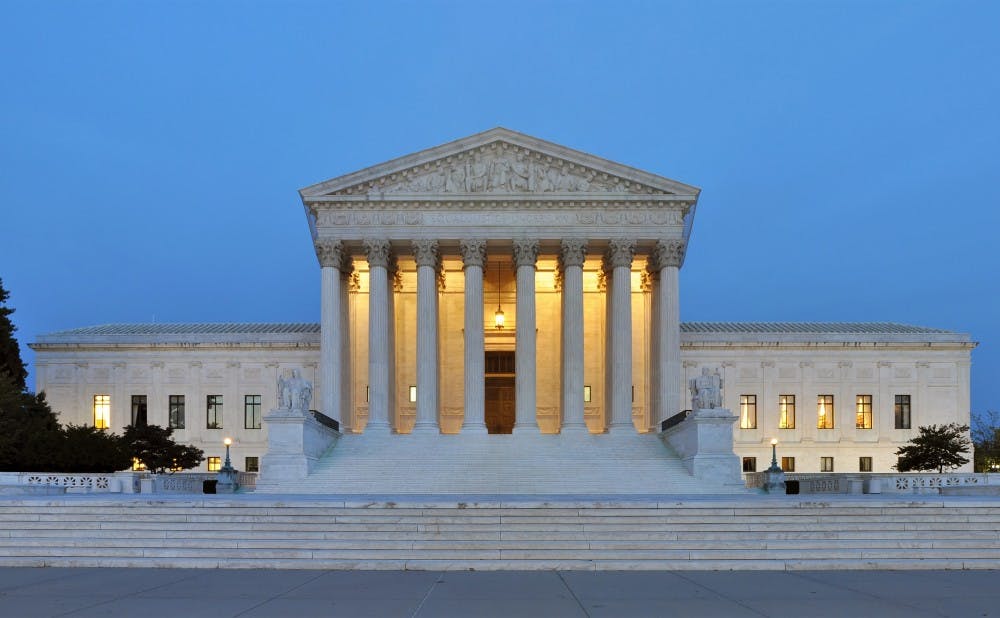June of 2023 changed college admissions forever. On the twenty ninth of the month, the Supreme Court ruled to end race based affirmative action in college admissions based on two lawsuits against Harvard and the University of North Carolina at Chapel Hill. For context, affirmative action is a practice that is meant to promote opportunities for underrepresented-minority groups in the population.
All of this started when the activist group Students For Fair Admissions (SFFA) claimed that both universities were discriminating against Asian-American students, who are not benefited by affirmative action. They then sued both institutions for violating the Equal Protection Clause of the fourteenth amendment and Title VI of the Civil Rights Act of 1964, which essentially protects individuals from being discriminated against for an unchangeable characteristic by a program receiving Federal funding. When the case was appealed up to the Supreme Court, they agreed.
The Court ruled in favor of SFFA that race based affirmative action failed strict scrutiny, meaning it violated both the Equal Protection Clause and Title VI. Some of the Justices did acknowledge that the original intention of affirmative action was positive, but the practice has lost its original meaning and served its purpose. But has it actually? Race based affirmative action primarily helped Black, Indigenous, and Latinx applicants, who still are a large minority of college students. As of 2023, the three groups combined made up just over twenty percent of admitted students at both Harvard and UNC at Chapel Hill. Yet, women are still included under affirmative action but have become the majority of college students in America. In some areas it seems as though it did do their job, but in others especially regarding race, it still has work to do.
Affirmative action in general, tends to be a very heated and dividing subject. The “liberal” take tends to be that it is necessary because it encourages underrepresented groups to pursue higher education. While the “conservative” take is that it’s inherently unfair. Sometimes this argument is accompanied by the mentality that unqualified candidates are taking the spots of qualified White and Asian students simply because they are a minority. This is not true because that would be schools trying to hit quotas with certain demographics. In fact, the Supreme Court banned racial quotas in 1978 in Regents of the University of California vs. Bakke. The ruling stated that creating and trying to hit racial quotas was unconstitutional, but affirmative action itself was constitutional. Even as recent as 2016 the Court reaffirmed the constitutionality of affirmative action in SFFA vs. The University of Texas at Austin.
What has changed between 2016 and 2023 to throw away over four decades worth of upholding affirmative action? Well, the Supreme Court has. It went from a Democrat majority to a Republican super-majority, the bench currently being six to three. As the two parties disagree on many things, Constitutional interpretation is included. The liberal justices view the Constitution as a living document, the interpretation should change with the times. However, the conservative judges view it as concrete, and should be taken word for word. In their eyes the Equal Protection Clause of the fourteenth amendment says the government needs to protect everyone, meaning everyone should be looked at the same, no exceptions.
Now what does the ruling actually mean? The immediate affect is all races will be evaluated the exact same during admissions. Long term, however, is unclear. The class of 2028 will be the first class to be admitted without race based affirmative action since 1965. Universities, including Harvard, are encouraging students of color to write about their experiences as said race, but it does not seem like that twenty percent will be increasing soon. Additionally, other groups may begin to sue over affirmative action in other senses such as gender and in the work force, meaning we may be approaching an America with no affirmative action in the near future.




